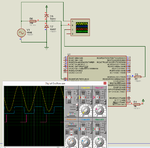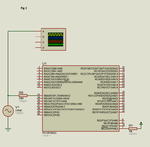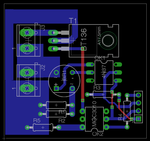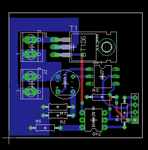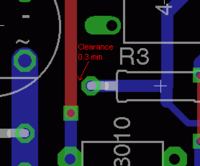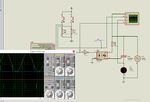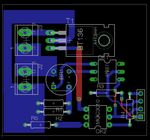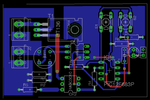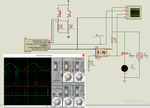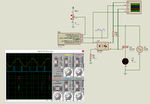milan.rajik
Banned
@FvM
I have fixed the opto circuit. Here is fixed circuit.
Edit:
Changed the code a little but still not working.
- - - Updated - - -
New code but the buttons not yet working.
I have fixed the opto circuit. Here is fixed circuit.
Edit:
Changed the code a little but still not working.
Code C - [expand]
- - - Updated - - -
New code but the buttons not yet working.
Code C - [expand]
Attachments
Last edited:

